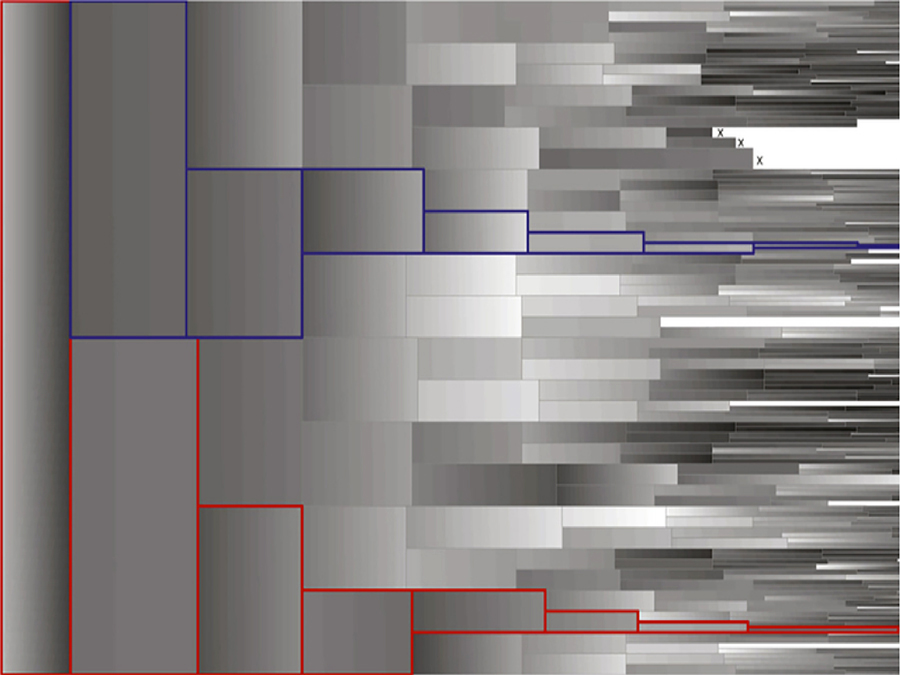New results question central role of transcription factor NANOG in pluripotency
Protein of everlasting youth

Scientists see great potential in so-called pluripotent stem cells – cells that can transform themselves into all the body's cells. Damaged heart muscle cells for example might in future be replaced by them. NANOG (a protein named after 'Tír na nÓg', the mythological Celtic land of the ever-young) is a transcription factor that is involved in regulating stem cell self-renewal. Earlier models assigned a central role to NANOG in the regulation of pluripotent*, embryonic stem cells.
The group headed by Prof. Fabian Theis, Director of the Institute of Computational Biology (ICB) at the Helmholtz Zentrum München and Professor for Biomathematics at Technical University of Munich, which took part in the joint research project with a group of former colleagues of the Stem Cell Dynamics research unit led by Prof. Timm Schroeder (currently at the Department of Biosystems Science and Engineering at ETH Zurich in Basle) conducted an accurate quantification and analysis of NANOG protein expression over several generations. Their study was based on embryonic mice stem cells in which the NANOG protein is marked with a fluorescent protein.
Pluripotency without NANOG
“In our experiment we were able to identify two different types of colonies,” Prof. Theis reports. “While one type re-expressed NANOG in a mosaic pattern, the other did not express NANOG over many generations.” Surprisingly, both colonies expressed pluripotency markers. “That was not as expected, as up to now NANOG has been assigned a key role in the regulation of embryonic stem cells pluripotency,” Prof. Schroeder adds.
“The methods we developed can also be applied to other factors and cells,” notes Carsten Marr, ICB. “We will use the data resource that has now been created for further model-based analyses of the regulation of NANOG protein expression.”
The research findings are important for understanding protein dynamics and for regulating cell states, for example during the targeted re-programming of cells. The previous image of a strong, self-regulating core pluripotency network of the factors NANOG, Oct4 and Sox2 has thus been refuted. In future, the scientists plan to conduct further research on this topic.
Publication
Filipczyk et al. (2015) Network plasticity of pluripotency transcription factors in embryonic stem cells, Nature Cell Biology, DOI: 10.1038/ncb3237
Contact
Prof. Dr. Fabian J. Theis
Technical University of Munich
Mathematical modeling of biological systems
Boltzmannstr. 3, 85748 Garching, Germany
Tel.: +49 89 289 18386 – E-mail
Helmholtz-Zentrum München
Institut für Computational Biology
Ingolstädter Landstr. 1, 85764 Neuherberg, Germany
Tel.: +49 89 3187 2211
E-mail - Internet